Post-Trial Motions and Appeals: Using AI to Quickly Identify Grounds for Appeal
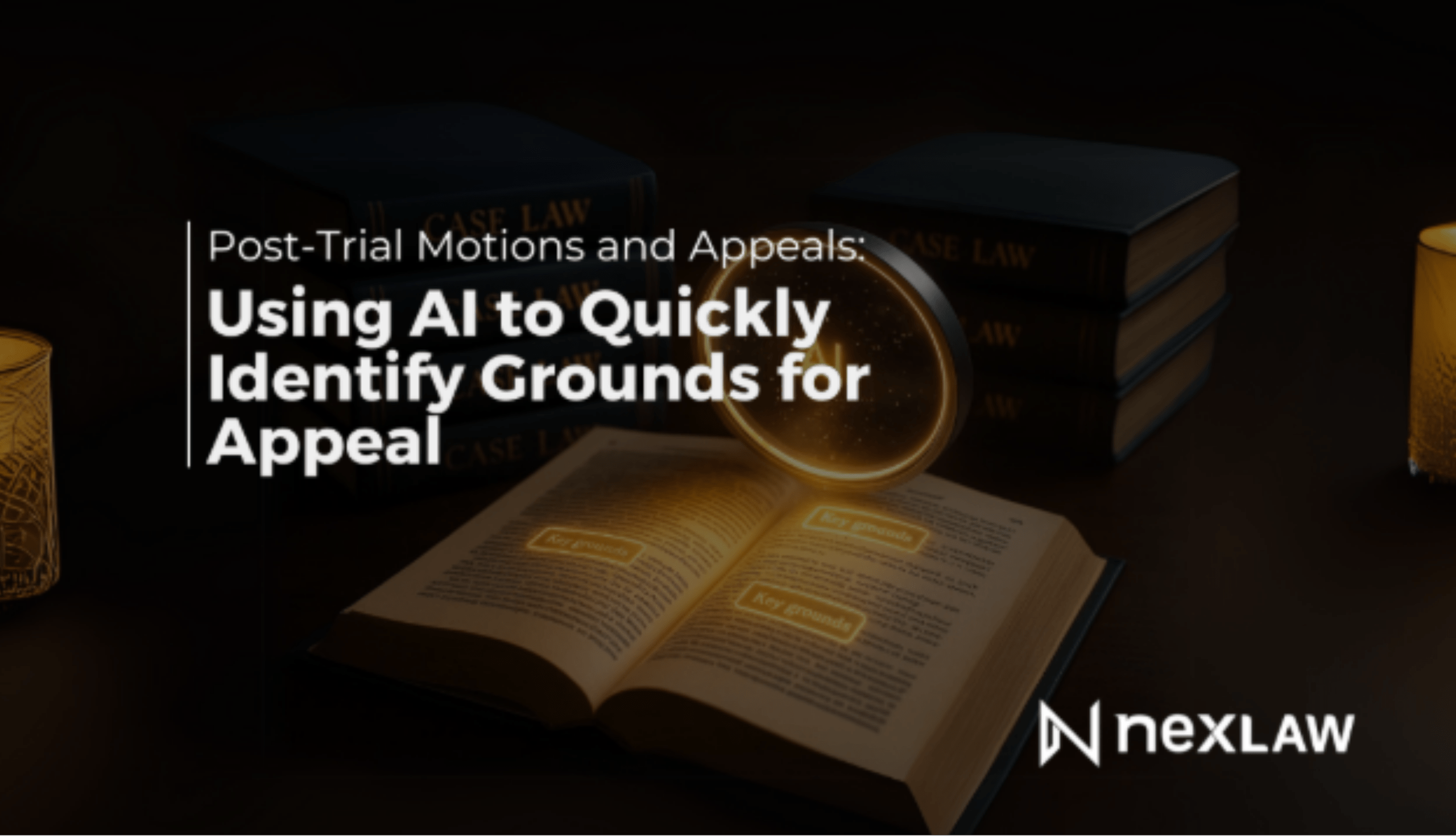
Post-Trial Motions and Appeals: Using AI to Quickly Identify Grounds for Appeal
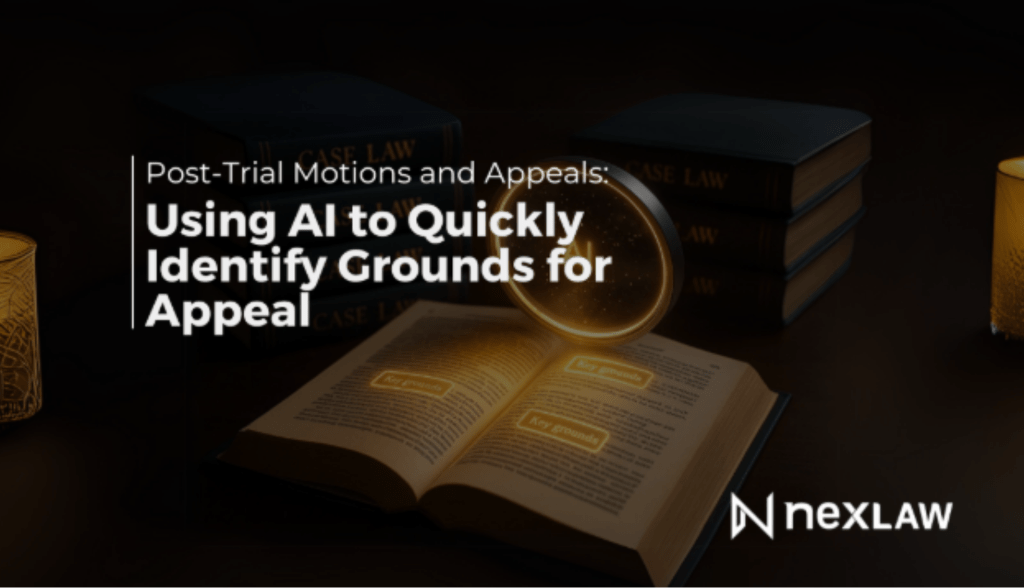
The trial may be over, but for the U.S. litigator, the work is often just beginning. Whether you are seeking to overturn an adverse verdict or protect a hard-won victory, the post-trial phase is a high-stakes, time-sensitive race to identify legal errors and craft persuasive arguments. The process of combing through a massive trial record like transcripts, evidentiary rulings and jury instructions to find a reversible error is one of the most intellectually demanding tasks in law. A 2025 report from the National Center for State Courts found that appellate courts are increasingly focused on procedural precision, making the identification of well-preserved legal errors more critical than ever. This is where a dedicated Legal AI assistant can be a game-changer, helping appellate practitioners to rapidly analyze the trial record and pinpoint potential grounds for appeal.
This guide provides a practical workflow for using a platform like NexLaw AI to enhance the speed and precision of your post-trial analysis and appellate strategy.
The Needle in the Haystack?
Identifying a reversible error in a trial record is a classic “needle in a haystack” problem. The error could be a single, improperly sustained objection, a flawed jury instruction or an incorrect application of a legal standard in a pre-trial ruling. The traditional review process is linear and manual, requiring a lawyer to read through thousands of pages of text, a process that is not only time-consuming but also prone to human oversight. Key challenges include:
- Massive Record Size: A multi-week trial can generate a record of tens of thousands of pages.
- Time Pressure: The deadlines for filing post-trial motions (like a Motion for a New Trial or JNOV) and a notice of appeal are short and unforgiving.
- Preservation of Error: The potential error must have been properly objected to at trial to be preserved for appeal, requiring a careful cross-referencing of the trial transcript and the court’s rulings.
The AI Advantage: From Linear Review to Thematic Analysis
A sophisticated AI Legal Assistants transforms the post-trial review process. It uses its analytical power to ingest the entire trial record and identify potential errors with incredible speed and accuracy. An AI platform like NexLaw AI can assist by:
- Automated Transcript Analysis: The AI can scan the entire trial transcript and flag every instance where an objection was made and ruled upon by the court.
- Identifying Inconsistent Rulings: The AI can analyze all of the judge’s evidentiary rulings to identify any potential inconsistencies that could form the basis of an appeal.
- Cross-Referencing Jury Instructions with Case Law: The AI can compare the jury instructions given at trial against the latest appellate case law from that jurisdiction to identify any subtle but significant misstatements of the law.
- Pinpointing Key Testimony: The AI can help you quickly locate the specific testimony related to a key issue, saving hours of manual searching.

Get ahead of the curve with our free Guide to Starting Using Legal AI!
See NexLaw in Action
Start your free trial and kick off your legal AI journey with a personalized demo
*By submitting the form, you agree to the Terms of Service and Privacy Policy
A Step-by-Step Workflow with NexLaw AI
Using AI to support your appellate practice allows you to work more efficiently and build a stronger foundation for your appeal.
- The process begins by uploading the entire trial record into NexLaw AI’s secure platform. This includes the full trial transcript, all exhibits admitted into evidence, all pre-trial motions and rulings and the final jury instructions.
- The AI organizes this data into a structured, searchable database.
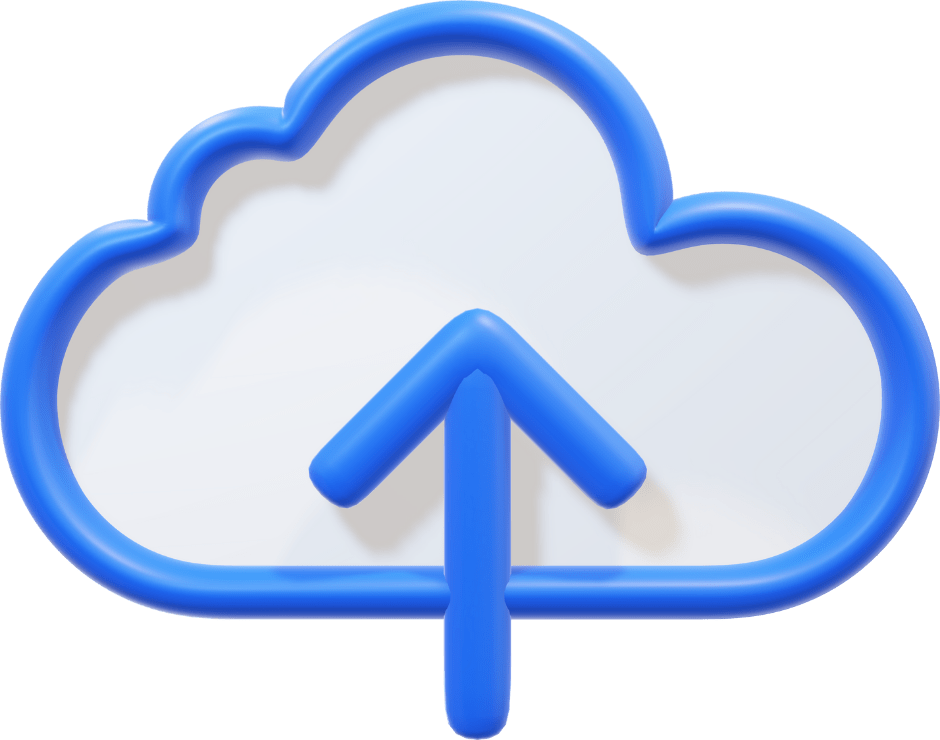
Step 2: Run an “Appellate Issue Spotting” Analysis
You can then instruct the AI to perform an “Appellate Issue Spotting” analysis. The AI will scan the record for potential legal errors and generate a report that might highlight:
- A List of All Overruled Objections: A clear, organized list of every objection you made that was overruled by the judge, complete with transcript page and line numbers.
- A Comparison of Proposed vs. Final Jury Instructions: A comparison showing any significant changes the judge made to your proposed jury instructions, which could be a basis for appeal.
- Analysis of Key Motions: A review of the court’s rulings on key dispositive motions, like summary judgment, cross-referenced with recent appellate decisions on those same issues.
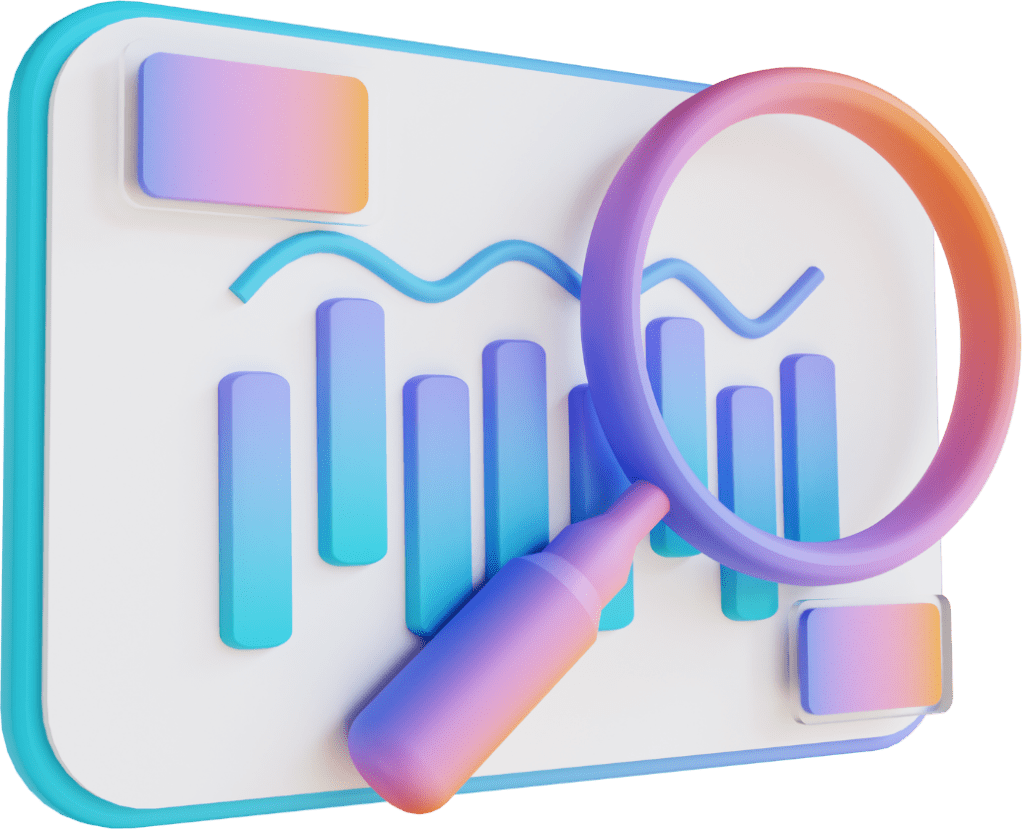
Step 3: Deep Dive with Targeted Research using NeXa
- With a list of potential issues identified, you can use NeXa, NexLaw’s conversational AI assistant, to research the legal merits of each one. You can ask: “In the Fifth Circuit, what is the standard of review for a trial court’s evidentiary ruling on expert testimony?”
- NeXa will provide a concise summary of the controlling law and the key cases, helping you determine which potential errors have the strongest chance of success on appeal.
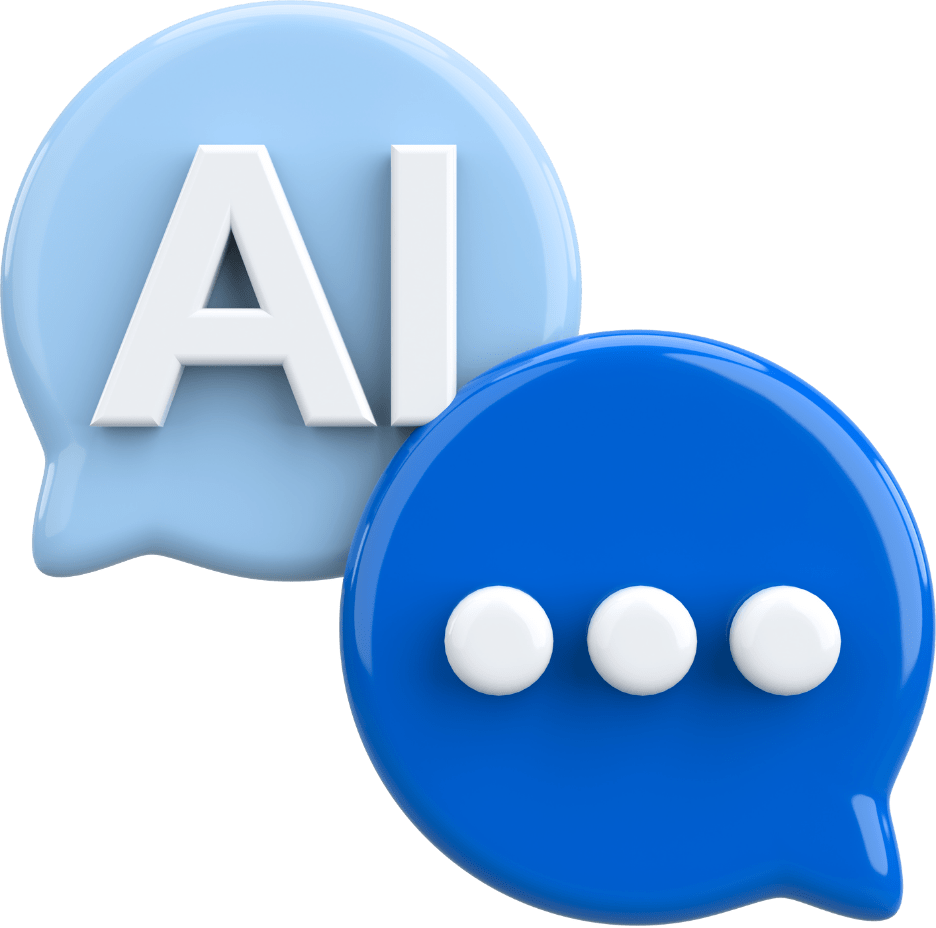
Step 4: Draft Post-Trial Motions and Appellate Briefs
- With your strongest arguments identified, you can use NeXa to assist in drafting your post-trial motions or your appellate brief.
- The AI can help you structure your argument, integrate the relevant facts from the trial record and weave in the legal precedent you found with NeXa’s Find Precedents feature, streamlining the drafting process and allowing you to focus on crafting the most persuasive arguments.
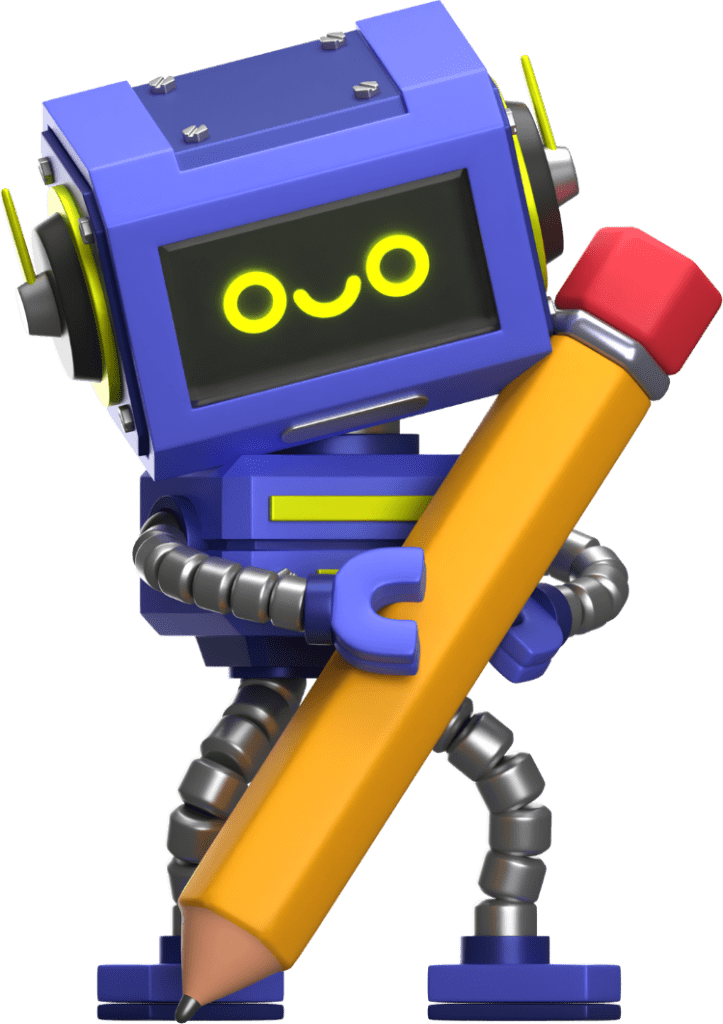
Interested In Features Like This?
Receive complimentary access to our resources and a personalized live demo tailored to your needs.

Case Study: A Complex Commercial Appeal
An appellate lawyer is hired to handle an appeal in a complex commercial case after the client’s trial counsel lost at trial. The trial record is over 15,000 pages long and the deadline for the notice of appeal is just two weeks away. The lawyer uses NexLaw AI to accelerate the review. The AI’s analysis of the trial transcript flags a pattern: the trial judge repeatedly sustained the opposing party’s objections based on a misinterpretation of the hearsay rule. The AI identifies 15 separate instances where testimony critical to the client’s case was improperly excluded. NeXa provides recent appellate cases from that circuit clarifying the hearsay exception. This pattern of erroneous rulings becomes the central theme of the appellate brief. The appellate court reverses the trial court’s decision, citing the “cumulative effect of the erroneous evidentiary rulings.”
What’s Next for Appellate Practice?
The core skills of an appellate advocate such as deep legal analysis, persuasive writing and oral advocacy will always be paramount. However, the ability to efficiently and effectively analyze a massive trial record is the foundation upon which all successful appeals are built. By leveraging the power of Legal AI, appellate practitioners can work smarter, identify stronger arguments and provide more effective representation for their clients.
Don’t let a reversible error stay buried in the record. It’s time to bring the power of AI to your appellate practice.
Ready to build a stronger appeal?
Book a Personalized Demo to see how NexLaw AI can streamline your post-trial workflow.
Explore Our Plans and discover how you can gain a decisive edge in your appellate practice.

